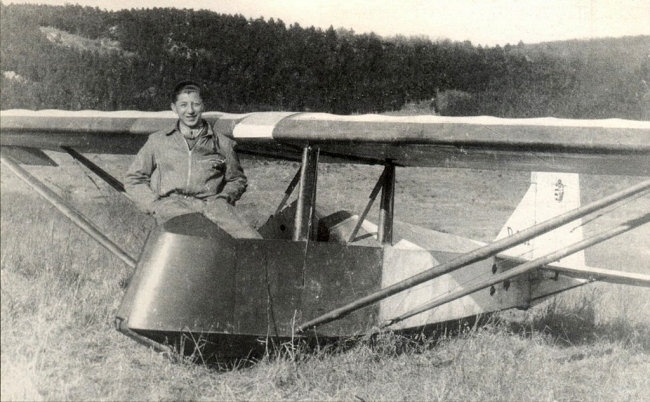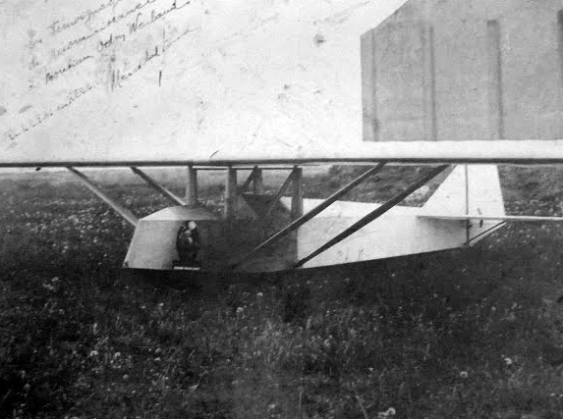It started out innocently enough. An urgent email from Hungary (Gabor Fekes) and Germany (Bernd Diekmann) via France (Francis Humblet) requesting information about the possibility of a German-built 2-place Prüfling glider at the American Motorless Aviation glider school on Cape Cod in 1928-9.
I had never heard of such a glider at Cape Cod. A single-place Prüfling, yes, but not a 2-place. I didn’t even know there was such an animal.
The Prüfling was a German, what we call a “secondary” glider. It was designed Alexander Lippisch and was built at the German government’s flight research center, the Rhön-Rossitten Gesellschaft to allow new glider pilots to transfer into after they learned the basics on a Zögling “primary” glider. The Prüfling, which means “student” or “examinee” in German, was but the 2nd step to actually soaring a glider. It was in actuality, a low performance training glider.
The question arose as to whether it might be the one that Ralph Barnaby flew at Cape Cod in 1929 and then in 1930 when he dropped from the US Navy Zeppelin Los Angeles. Nope. After some digging, I did locate two profile shots of the glider under the dirigible. I also located a picture of Barnaby and the other students at Cape Cod in front of the Prüfling. So that ruled this one out as the 2-place.
As I did more digging, the fellow in Germany (Bernd) sent me a clipping of a modified Prüfling in Wichita, Kansas. It seemed that American glider designer and builder Harland Ross had designed and built new, tapered wings for his brother’s Prüfling. I forwarded that to a contact of mine in Wichita and am still awaiting a reply.
The gliders got all over. I have not looked it up, but I know that there was at least one Prüling even in Southern California, and that it flew at the legendary Arvin meet(s).
Anyway, this missive from Europe opened a whole different world to me. For one, it was the catalyst for my re-launch of this blog. I realized that since Soaring magazine discontinued my monthly glider history column, that I really missed the digging.
For another, it got me thinking a lot about a glider which I had never really thought about before. How many were in the US? Were any 2-place (Bernd insists at least one was and that it went to Cape Cod, and he says he has the shipping manifest, he says, to prove it).
In just a couple of days, I have gone from only a couple of Prüfling photograph to a dozen or more. None show a 2-place. My search even led me to the photo at the head of this column. I do not know who the gentleman is, nor where the photo was taken, but it is a nice shot of a Prüfling.
This has even blossomed into other German gliders in the US in the 30s. I found a picture of a Professor at Cape Cod. This has gotten me back into old familiar territory, the gliders that Gus Haller sold and built as part of Haller-Hirth Sailplanes, in Pittsburgh. Haller imported kits from the Kassel Flugzeugbau (Kassel aircraft factory) and sold them as Haller-Hirth Hawk (a Professor), Haller-Hirth Junior Hawk (a Kassel 20), or as Haller-Hirth Sparrow (Zögling primary).
So what is going to happen next? I guess I will keep digging and maybe, just maybe, I’ll find that elusive 2-place. It is all just fascinating to me.
The photo at the bottom of this column is a Prüfling in Belgium.



 Intro to the Vintage Glider Blog
Intro to the Vintage Glider Blog
Recent Comments